
|
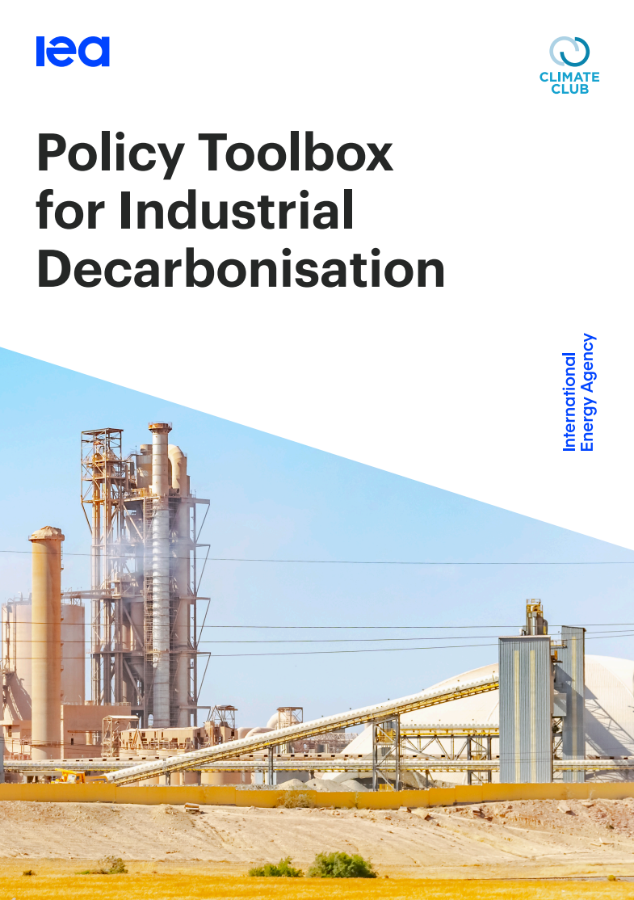
|
Policy Toolbox for Industrial Decarbonisation
The Policy Toolbox is divided into three broad areas with nine categories in total that group policy instruments according to their objectives. These broad areas are: Framework fundamentals, including (1) Establishing plans and policies for long-term GHG emissions reductions and (2) Mobilising finance and investment; Targeted actions for specific technologies and strategies, including (3) Managing existing assets and near-term investment, (4) Creating a market for near-zero emissions materials production, (5) Developing technologies, and (6) Accelerating material efficiency and circularity; and Necessary enabling conditions, including (7) International co-operation and a level playing field,
2025.03
OECD/IEA
|
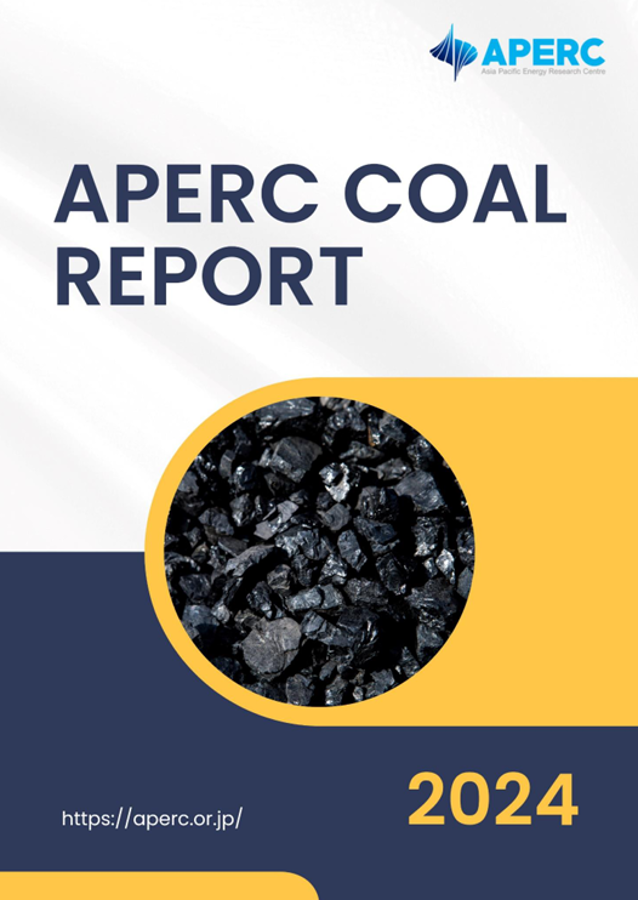
|
APERC Coal Report 2024
More economies have committed to phasing out coal-fired power plants by a certain year, while they are being built at some economies.
Australia, Canada, Chile, ‘Hong Kong, China’, Korea, Malaysia, New Zealand, Peru, Singapore, Chinese Taipei plan to phase out coal. Coal-fired power plants are being built in China, Viet Nam, and Indonesia. In 2024, China began building 94.5 GW of new coal-power capacity, the highest level of new construction in the past 10 years.
2025.03
APERC
|
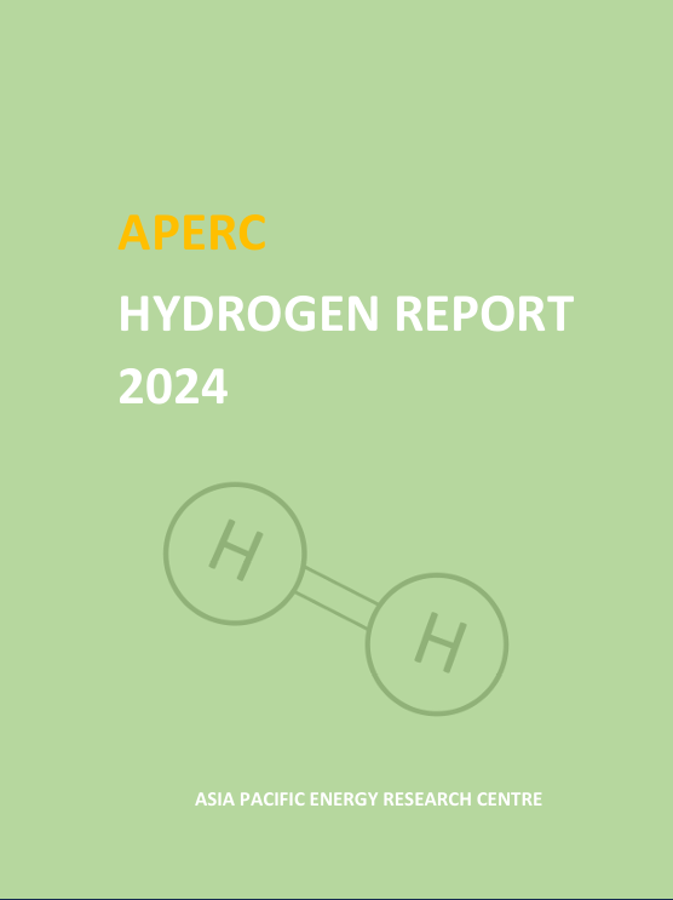
|
APERC Hydrogen Report 2024
The clean and low-carbon hydrogen industry remains in its early stages of development. While 2024 has seen significant advancements in project deployment, it has also highlighted persistent challenges that may delay its implementation.
2025.03
APERC
|
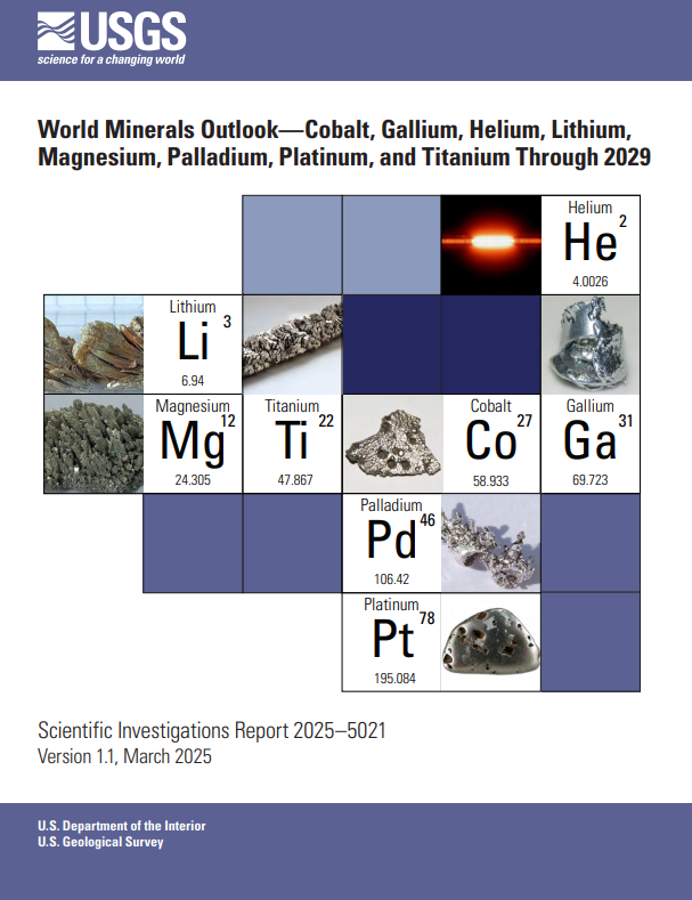
|
World minerals outlook—Cobalt, gallium, helium, lithium, magnesium, palladium, platinum, and titanium through 2029
Given the rapid expansion in the demand for mineral commodities that underpin worldwide economic growth and technological advancement, information regarding expected country-level mine production and production capacity is becoming increasingly important to industry stakeholders, end users, and policymakers. Production capacity can limit future supply, depending on how rapidly that capacity is able to expand. Current capacity can be evaluated on the basis of past production.
2025.03
USGS
|
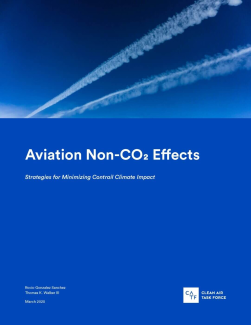
|
Aviation Non-CO2 Effects: Strategies for Minimizing Contrail Climate Impact
Greenhouse gas emissions from aircraft engines are one of two aviation sector climate impacts that must be mitigated as we approach midcentury. The other is contrails, the visible line-shaped clouds that form behind aircraft when flying at high altitudes, as those have been shown to contribute to surface warming at a rate similar to aviation carbon dioxide (CO2) emissions.
2025.03
CATF
|
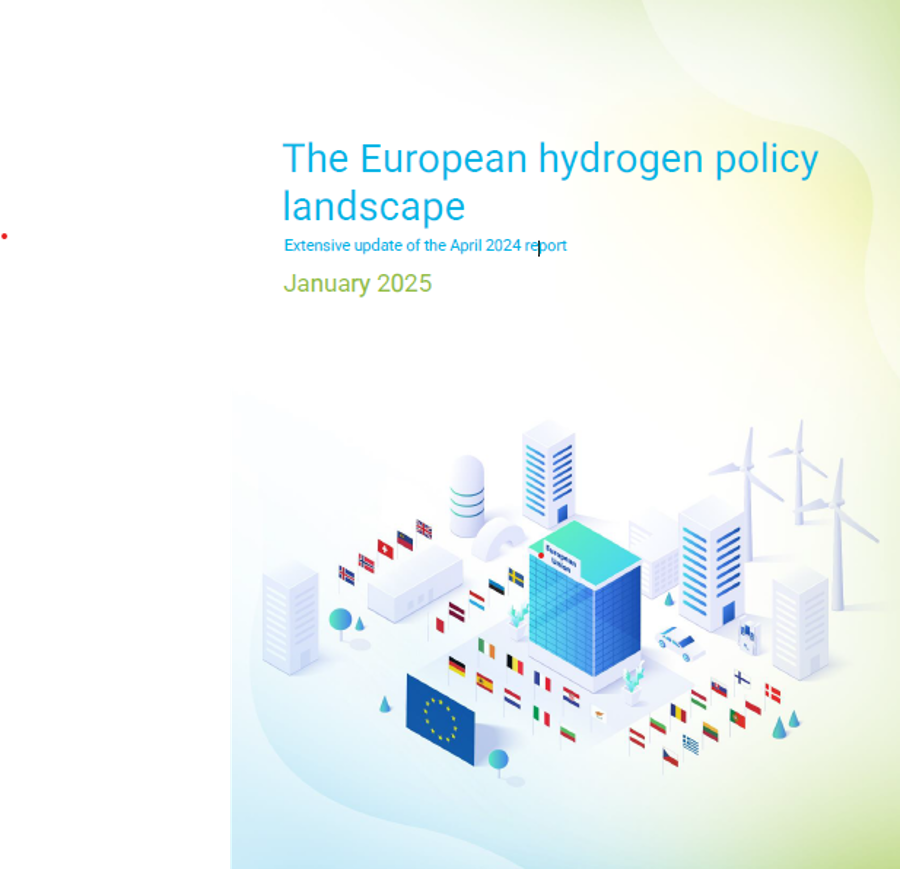
|
The European hydrogen policy landscape - January 2025
This report summarises the status of the European hydrogen policy landscape. It is based on the information available at the European Hydrogen Observatory (EHO) platform, the leading source of data and information on hydrogen in Europe (EU27, EFTA and the UK). Building on the previous report published in April 2024, which reflected data as of August 2023, this report provides an extensive update, capturing advancements and developments over the past year. It offers a comprehensive overview of the European and national policies, legislations, strategies and, codes and standards which impact the deployment of hydrogen technologies and infrastructures.
2025.01
European Hydrogen Observatory
|
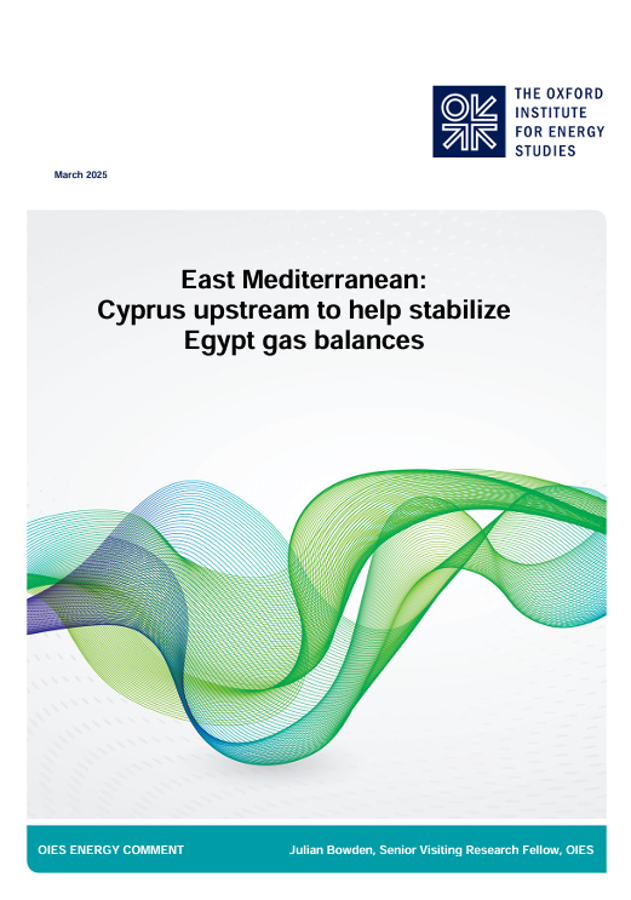
|
East Mediterranean: Cyprus upstream to help stabilize Egypt gas balances
In February 2025 the development of two Cyprus offshore fields was announced – Aphrodite and Cronos. The significance of this is around two overlapping stories. Firstly, Egypt’s gas production has fallen fast and steeply over the last three years. Avoiding demand- side interventions, Egypt has taken supply-side measures to rebalance its market by importing more pipeline gas from Israel. Crucially, though, it has curtailed LNG exports and become a significant LNG importer. Egypt flipping from LNG exporter to importer in a very short timeframe, worth around 16 Bcma, is having an outsized impact on the global LNG market.
2025.03
OIES
|
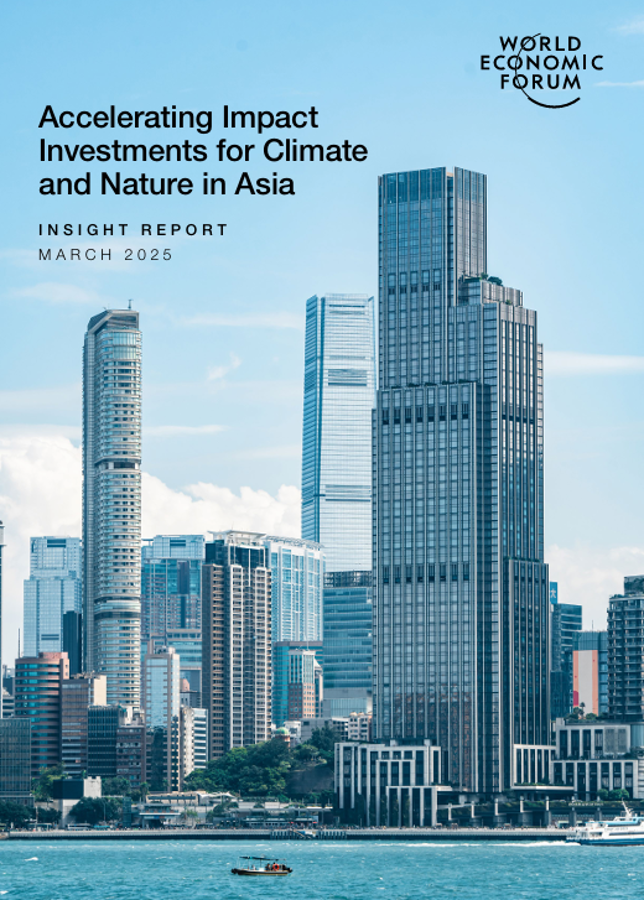
|
Accelerating Impact Investments for Climate and Nature in Asia
Asia plays a pivotal role in the global climate landscape, contributing 51% of global carbon emissions and hosting 82% of the world’s coal generation. At the same time, it is one of the most vulnerable regions to climate impacts, presenting a critical opportunity to scale investment in high-potential nature and climate solutions. Yet the impact investment market remains in its early stages, with significant room for growth.
2025.03
WEF
|
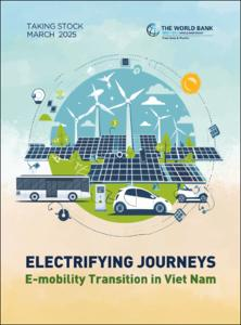
|
Taking Stock, March 2025: Electrifying Journeys: E-mobility Transition in Viet Nam
Viet Nam’s real GDP growth reached 7.1 percent in 2024, driven by a strong rebound in exports, outpacing most regional peers. External demand strongly rebounded in 2024 after a contraction in 2023. Final consumption and investment growth also accelerated in 2024 reaching 6.6 and 7.2 percent, respectively, supporting the growth momentum. However, private consumption remained a moderate driver of aggregate demand relative to the region (54 percent of GDP compared to a median of 61.7 percent, respectively) as household savings increased amid heightened uncertainty in recent years.
2025.03
World Bank
|
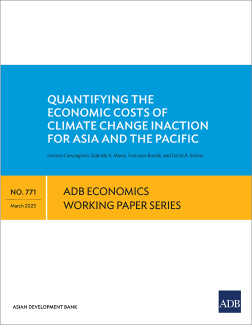
|
Quantifying the Economic Costs of Climate Change Inaction for Asia and the Pacific
This paper assesses the potential economic consequences of climate change in Asia and the Pacific. Under a high-end emissions scenario, its modeling finds that losses reach 16.9% of gross domestic product in the region by 2070.
2025.03
ADB
|
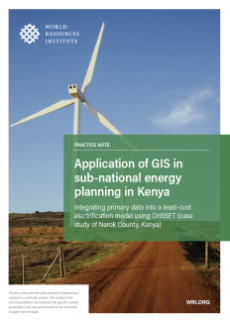
|
Application of GIS in Sub-National Energy Planning in Kenya – Integrating Primary Data Into a Least-Cost Electrification Model Using OnSSET (Case Study of Narok County, Kenya)
This paper discussed how GIS data and analysis contributes to the process of energy planning. It describes the methodology used to deliver some key outputs and analysis done when coming up with the Narok County Energy Plan. The paper provides an overview of how GIS data analytics and methodologies were used to present data-driven and evidence based spatial solutions to meet the energy demands for universal access to electricity in the County.
2025.03
WRI
|
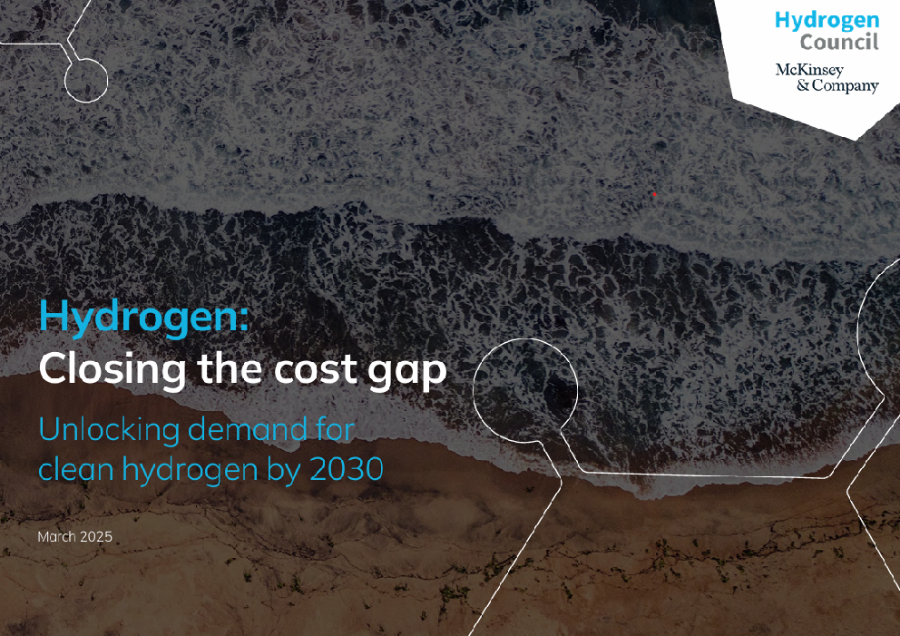
|
Hydrogen: Closing the cost gap
The Hydrogen: Closing the Cost Gap report, developed with the analytical support of McKinsey & Co, highlights that, despite a challenging environment for clean hydrogen, the effective implementation of existing policies could support uptake of ~8 Mt p.a. of clean hydrogen across the European Union, the United States and East Asia by 2030.
2025.03
Hydrogen Council
|
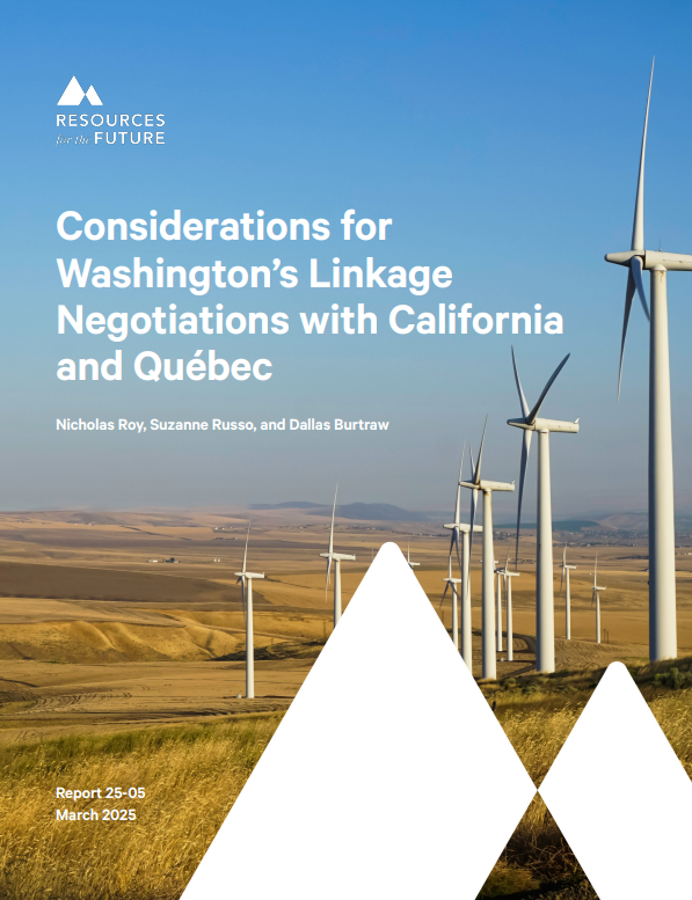
|
Considerations for Washington’s Linkage Negotiations with California and Québec
This report examines the benefits of reducing emissions delays, maximizing program revenue for climate projects, and maintaining affordability in Washington's cap-and-invest program.
2025.03
RFF
|
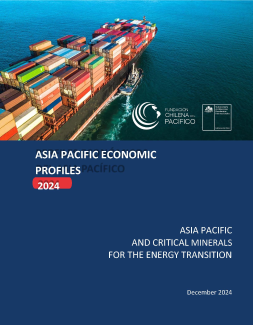
|
Asia Pacific Economic Profiles 2024: Asia Pacific and Critical Minerals for the Energy Transition
This report examines the essential role of critical minerals in the transition to low-carbon economies, a process necessitated by the challenges of climate change and the imperative to mitigate greenhouse gas (GHG) emissions. This phenomenon not only redefines global economic and trade dynamics but also positions critical minerals as strategic elements in the energy transition.
2025.01
PECC
|

|
Methane Abatement Costs in the Oil and Gas Industry: Survey and Synthesis
There is growing recognition of the relative importance of anthropogenic emissions of methane as a contributor to global climate change. An important source of such emissions in some countries, including the United States, is the oil and gas (O&G) sector. This points to the importance of developing understanding of the marginal abatement cost functions for methane emissions reductions. Scholars have employed a diverse set of methodologies to estimate abatement costs, including engineering cost models, econometric analysis of natural gas markets, and statistical retrospective analysis of state-level regulation.
2025.03
NBER
|

|
Macroeconomics and Climate Change
This paper surveys the literature that links macroeconomics and climate change. We organize our review into three categories: (i) loss and damage, which assesses long-run economic costs and non-market impacts from climate change; (ii) mitigation and the energy transition, which evaluates the macroeconomic consequences of shifting away from fossil fuels toward renewable energy; and (iii) adaptation, which explores the economic adjustments necessary to manage heat stress, more frequent severe weather events and rising seas. We discuss macroeconomic frameworks that quantify these structural shifts as well as empirical estimates that guide their calibration. We suggest areas in which macroeconom
2025.03
NBER
|
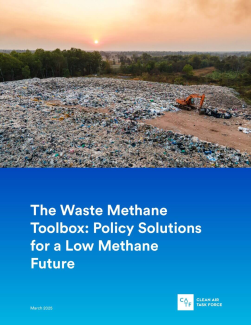
|
The Waste Methane Toolbox: Policy Solutions for a Low Methane Future
The waste sector, encompassing both solid waste and wastewater, is responsible for approximately 20% of global anthropogenic methane emissions — equivalent to roughly 5.4 gigatons of carbon dioxide equivalents annually. As a significant contributor to methane pollution, addressing emissions from the waste sector is critical to achieving global methane reduction targets.
2025.03
CATF
|
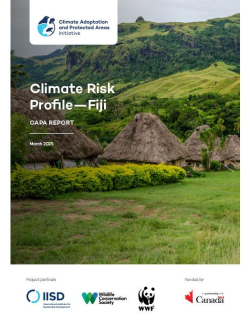
|
Climate Risk Profile—Fij
There have been some clear changes in the climate of Fiji over recent years. This climate risk profile provides an overview of the Fiji's climate context, observed and projected climate change impacts, and a set of recommended NbS for adaptation actions and measures to promote gender-responsive and socially inclusive climate adaptation.
2025.03
IISD
|
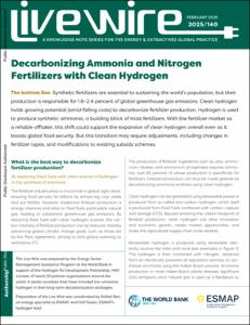
|
Decarbonizing Ammonia and Nitrogen Fertilizers with Clean Hydrogen
Synthetic fertilizers are essential to sustaining the world’s population, but their production is responsible for 1.8–2.4 percent of global greenhouse gas emissions. Clean hydrogen holds growing potential (amid falling costs) to decarbonize fertilizer production. Hydrogen produces synthetic ammonia, a building block of most fertilizers. With the fertilizer market as a reliable off-taker, this shift could support the overall expansion of clean hydrogen, even as it boosts global food security. However, this transition may require adjustments, including changes in fertilizer types and modifications to existing subsidy schemes.
2025.03
World Bank
|

|
Capacity Market auction: Auction Monitor report for T-4 auction for 2028 to 2029
The Capacity Market Auction Monitor, Deloitte, has produced a report in relation to the Capacity Market T-4 auction for the 2028 to 2029 delivery year.
2025.03
Denze
|
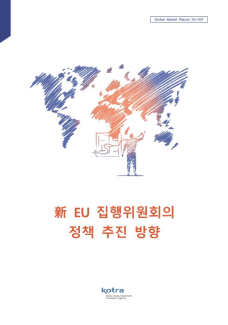
|
新 EU 집행위원회의 정책 추진 방향
폰데어라이엔 2기 집행위원회(‘24~’29년)는 ‘24.12월 공식 출범 이후 출범 100일 내 일련의 정책 발표를 약속했으며, 그 첫 번째로 2.26일에 주요 정책을 발표
- 新 EU 집행위원회는 전 유럽중앙은행(ECB) 총재의 보고서(드라기 리포트)를 토대로, 향후 5년간 집행위원회가 추진할 정책 이정표인 ’EU 경쟁력 나침반‘을 발표함( ‘25.1월). ’25.2.26일, EU 집행위원회는 청정산업딜, 적정가격 에너지 행동계획, 옴니버스 패키지(ESG, 투자)를 발표하였으며, EU 산업 경쟁력 제고와 기업 부담 경감을 위한 규제 간소화에 중점을 둠.
2025.03
KOTRA
|
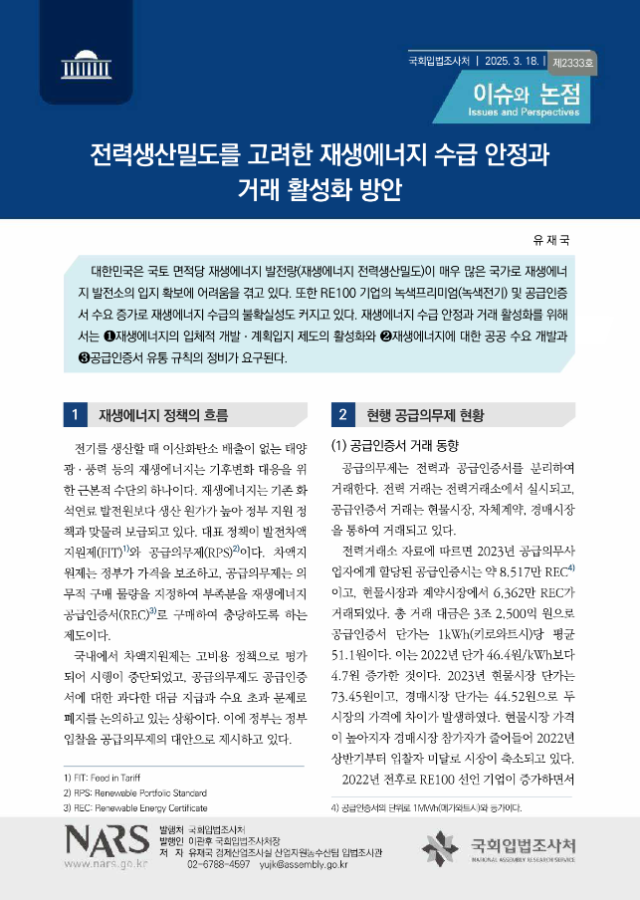
|
전력생산밀도를 고려한 재생에너지 수급 안정과 거래 활성화 방안
대한민국은 국토 면적당 재생에너지 발전량(재생에너지 전력생산밀도)이 매우 많은 국가로 재생에너지 발전소의 입지 확보에 어려움을 겪고 있다. 또한 RE100 기업의 녹색프리미엄(녹색전기) 및 공급인증서 수요 증가로 재생에너지 수급의 불확실성도 커지고 있다. 재생에너지 수급 안정과 거래 활성화를 위해서는 ①재생에너지의 입체적 개발ㆍ계획입지 제도의 활성화와 ②재생에너지에 대한 공공 수요 개발과 ③공급인증서 유통 규칙의 정비가 요구된다.
2025.03
국회입법조사처
|
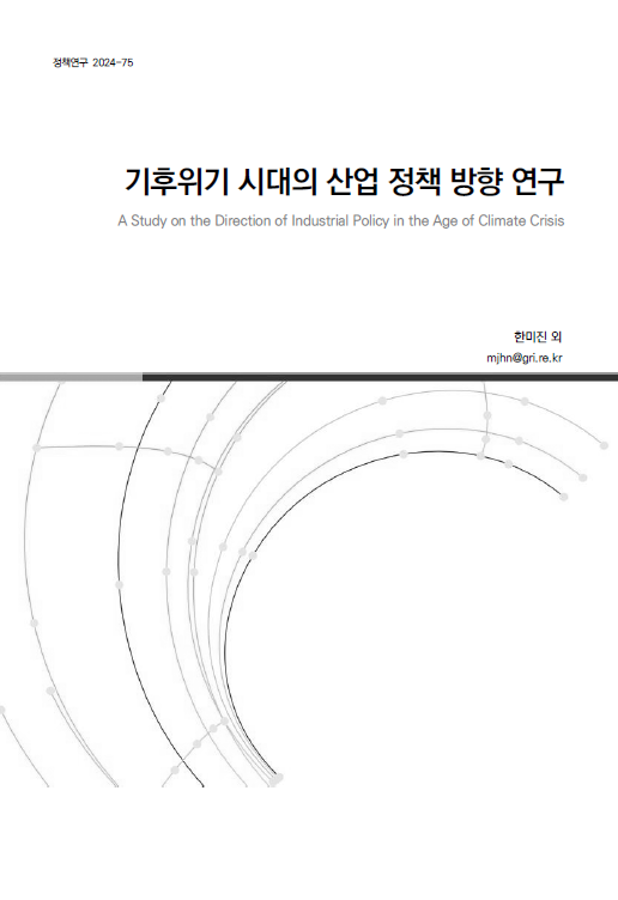
|
기후위기 시대의 산업 정책 방향 연구
본 연구는 기후위기 대응을 위한 국내외 주요 정책 동향과 산업별 변화 양상을 분석하고, 이를 바탕으로 실질적이고 구체적인 정책 제언을 통해 산업계와 정책 입안자들에게 기후위기 대응의 방향성을 제시하고자 하였다. 이를 위해 국내외 기후위기 대응 정책의 흐름을 살펴보고, 고탄소 산업의 저탄소 전환 측면과 기후위기에 주로 영향을 받는 5개 산업(건축, 교통, 농업, 관광, 금융)을 심층적으로 분석하였다.
고탄소 산업은 기후위기에 직접적인 영향을 받는 산업군으로 철강, 석유화학, 시멘트, 석탄발전이 이에 해당하는데, 최근 국제사회의 탄소 규제 강화로 인한 무역 및 투자환경의 급변으로 탈탄소화를 위한 기술 도입 및 산업 재편이 시급하다. 또한 기후위기의 영향을 받는 5개 부문의 주요 산업 부문에서도 각 산업의 여건을 고려한 대응 전략을 마련하는 한편, 이러한 전략들의 효율적인 실행을 위한 국가 차원의 정책적 지원이 적시에 이루어져야 한다. 이러한 내용을 바탕으로 본 연구는 다음과 같은 세 가지 국가 차원의 정책 방향을 제안한다.
2025.03
경기연구원
|
|
